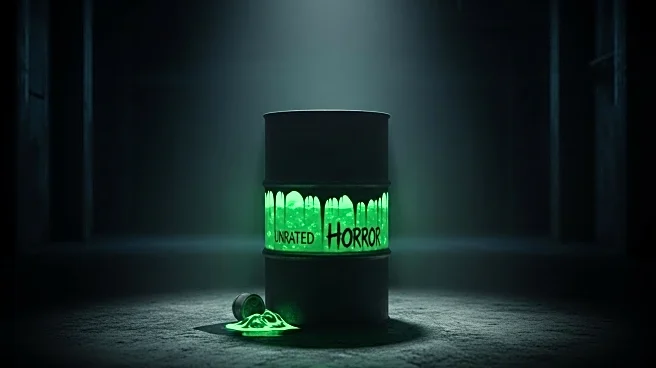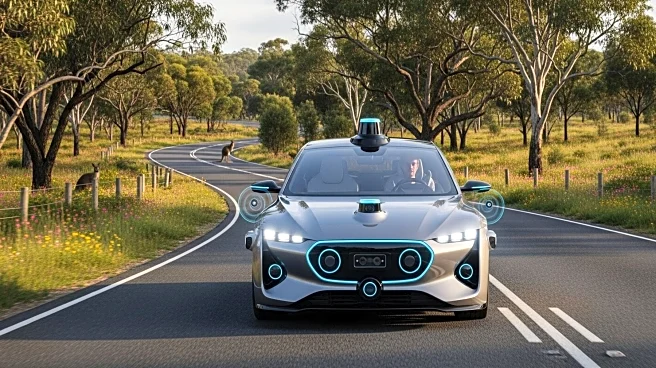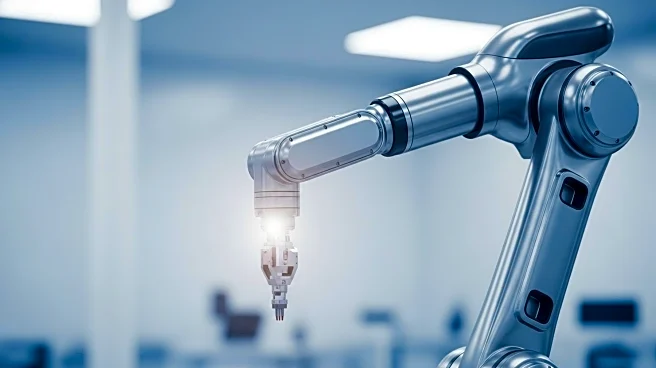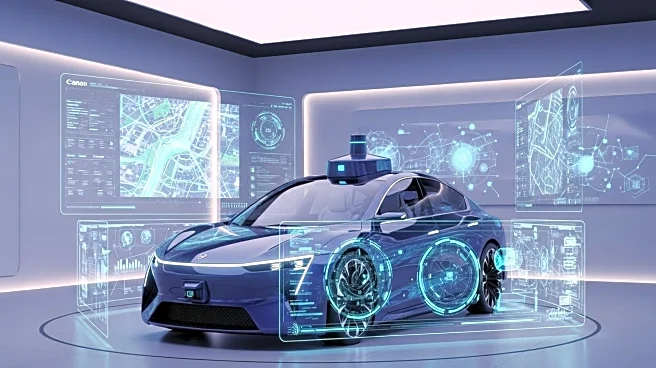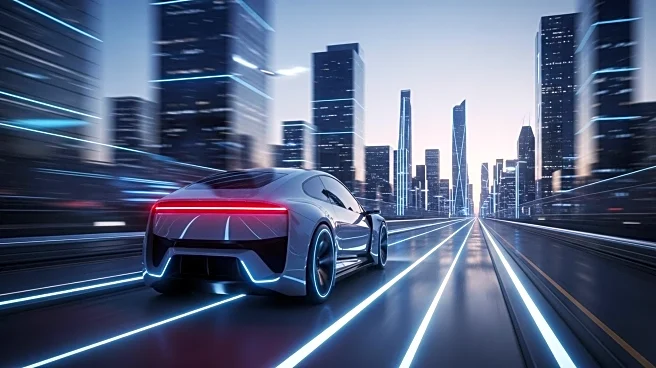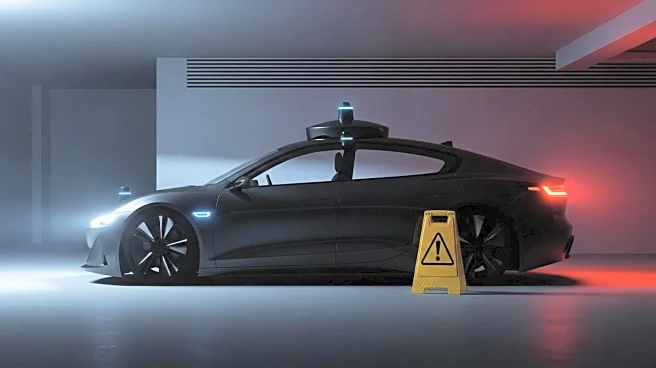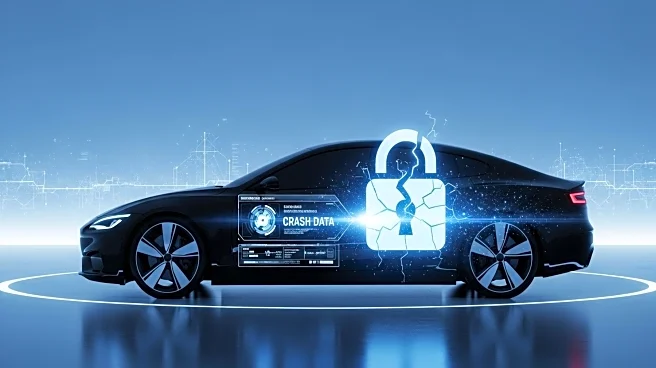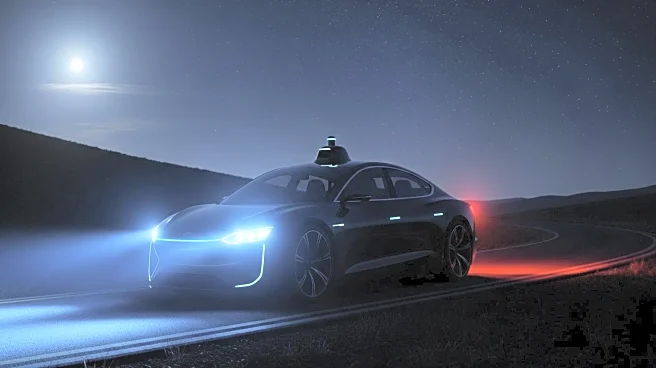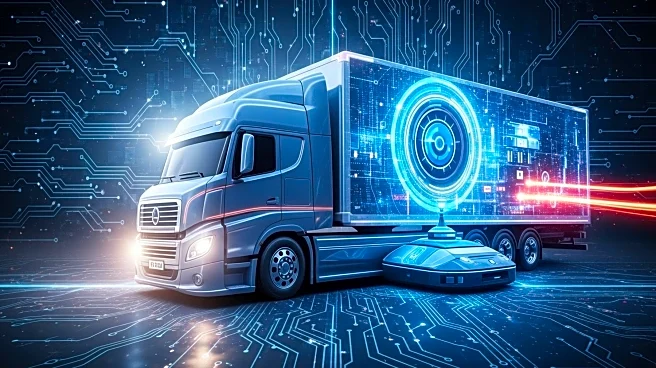What's Happening?
During a test drive in Austin, Texas, a Tesla Robotaxi encountered a self-driving error, failing to make a left turn and becoming stuck in traffic. A human supervisor had to intervene by moving from the passenger seat to the driver's seat to manually control the vehicle. This incident has sparked criticism regarding Tesla's decision to place human supervisors in the passenger seat rather than behind the wheel. The mishap highlights ongoing challenges in Tesla's autonomous vehicle technology, raising questions about its reliability and safety.
Why It's Important?
The incident underscores the importance of ensuring self-driving technologies are safe and reliable before widespread adoption. Tesla's Full Self-Driving features have been linked to several accidents, prompting concerns among both enthusiasts and critics. As autonomous vehicles become more prevalent, ensuring public safety is paramount. Errors like this could impact consumer trust and regulatory scrutiny, potentially affecting Tesla's market position and the broader acceptance of self-driving technology.
What's Next?
Tesla is expected to continue refining its autonomous systems, releasing software updates to enhance safety and performance. The company may face increased pressure from regulators to demonstrate the reliability of its self-driving features. Stakeholders, including consumers and safety advocates, will likely demand more transparency and accountability from Tesla regarding its autonomous vehicle technology.


